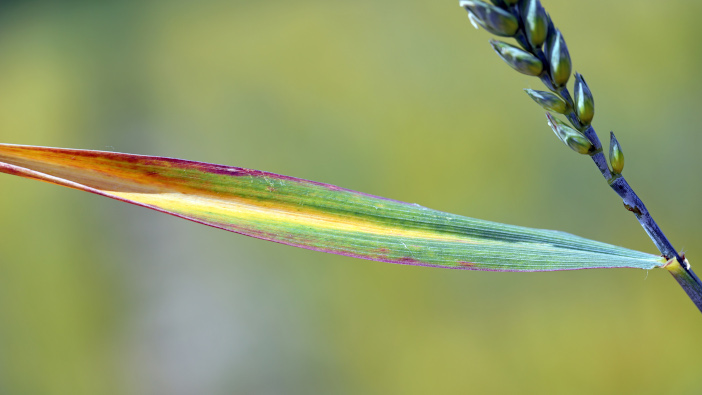Following a disastrous 2023 drilling season, growers are expected to favour earlier drilling this year, however, Adama is warning that this could increase the risk of barley yellow dwarf virus (BYDV).
Dr Bill Lankford, herbicides and pesticides technical specialist, explains that drilling in warmer conditions could exacerbate the risk.
“Bird cherry–oat aphids (Rhopalosiphum padi) begin migrating in early September, with peak flights typically spanning from late September to late October.
“Therefore, any growers who remain determined to drill winter wheat and winter barley in September must be prepared to take the necessary steps to hinder the establishment of aphids and thereby minimise the area of BYDV infection.”
He added that green bridge destruction and the retention of habitats for beneficial were also important parts of an overall integrated pest management (IPM) solution.
“Late drilling is arguably the most effective IPM technique, but where crops have been drilled early, the application of an insecticide which is not only less detrimental to populations of beneficial insects but which will also remain effective in warm early autumn weather will be required.”
Where aphids are active and have reached the threshold for insecticide application, he recommends a product with a lower residual impact on beneficial insects so that populations can recover quickly.
“Where a pyrethroid-based insecticide is deemed to be the most appropriate mode of action, MAVRIK (240 g/litre tau-fluvalinate) is the ideal choice as it not only provides fast-acting contact control but has also been proven to have a lower residual impact on beneficial insects compared to other pyrethroids,” Bill explains.
“This reduced toxicity enables beneficial organisms to recover more quickly after crops have been sprayed, therefore ensuring there’s a strong population of predators ready and able to overcome any subsequent influxes of aphids.”
For more information go to www.adama.com


